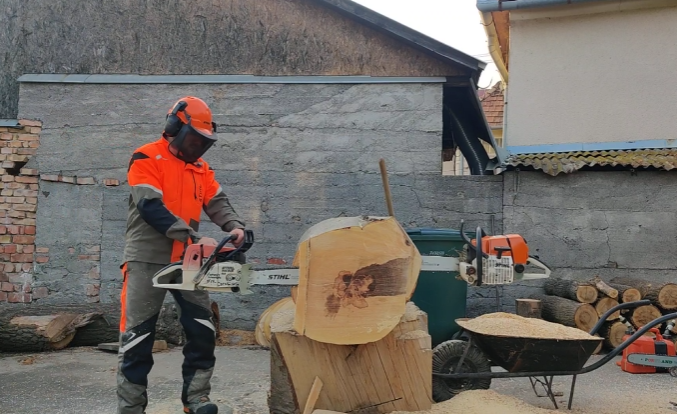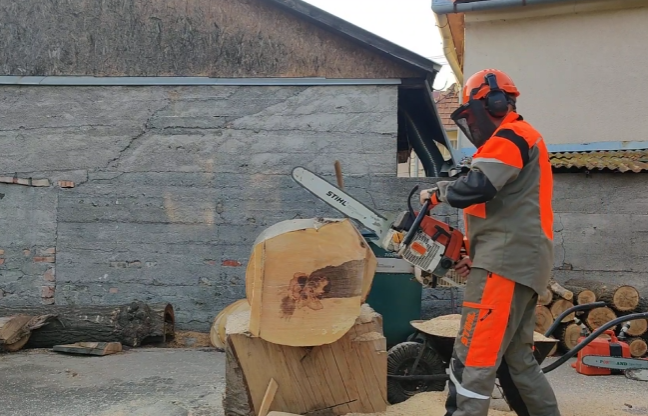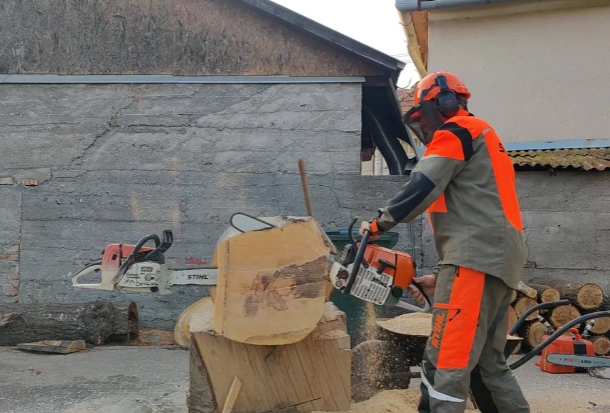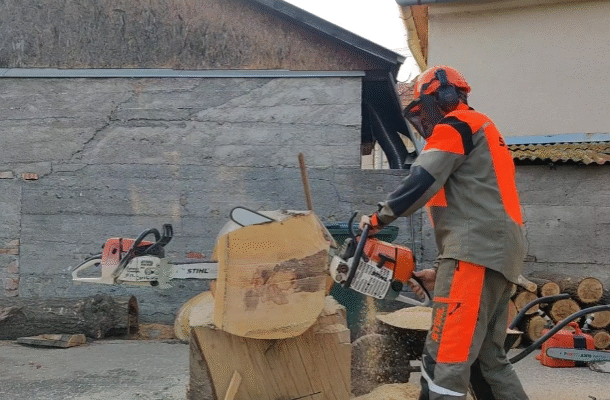
When it comes to high-performance chainsaws, few names carry as much weight as STIHL. Renowned for their reliability, power, and innovation, STIHL chainsaws are a staple in professional logging, forestry, and demanding land management. Among the many models in STIHL’s impressive lineup, the MS 660 and the 064 are two of the most talked-about saws. Though both are beasts in their own right, each has its own characteristics that cater to different needs. This article provides a comprehensive comparison of the STIHL MS 660 vs. STIHL 064 to help you understand what sets them apart—and which one might be better for your needs.

History and Background
The STIHL 064 was introduced in the late 1980s and quickly became a favorite among professionals. It was considered a game-changer in its time, offering a robust power-to-weight ratio and durability that made it suitable for heavy-duty logging. It has since been discontinued, but many old-school loggers still swear by its performance and build quality.
The MS 660, on the other hand, is a newer generation saw, designed to replace the earlier 066 model. It was introduced as part of STIHL’s professional series and remained in production until the introduction of the MS 661. The 660 brought modern engineering and design improvements, while retaining the raw power that users demanded.
Engine and Power
At the heart of any chainsaw is its engine, and both of these saws bring serious horsepower.
- STIHL 064: Powered by a 91.6 cc engine, the 064 delivers around 6.4 horsepower (hp). This was considered extremely powerful at the time of its release and even today holds up well in demanding cutting tasks.
- STIHL MS 660: The 660 sports a 91.6 cc engine too but delivers slightly more power at 7.0 hp. This increase in horsepower, though modest, translates to slightly faster cutting performance and better throttle response.
So, while both engines are identical in displacement, the MS 660 benefits from modern tuning and materials, giving it an edge in raw power.

Weight and Handling
Chainsaw users know that power is only part of the equation—how a saw feels in hand can make a big difference in performance and fatigue.
- STIHL 064: Depending on the configuration, the 064 weighs in at around 14.6 lbs (6.6 kg) without bar and chain. Its weight distribution is praised for being balanced and manageable, even during long cutting sessions.
- STIHL MS 660: The MS 660 is slightly heavier, weighing about 16.3 lbs (7.4 kg). While this isn’t a massive difference, it can be felt after hours of use. However, many users report that the extra weight is worth it for the increased performance and durability.
If weight is a deciding factor—especially for climbing or limbing work—the 064 may have a slight advantage.
Build Quality and Design
Both saws are built with STIHL’s legendary quality, but there are subtle differences in design philosophy.
- STIHL 064: Designed during an era when mechanical simplicity was king, the 064 has a more straightforward design. This makes it easier to repair and maintain for those who enjoy working on their own equipment. It features a rugged magnesium crankcase and classic-style controls.
- STIHL MS 660: The 660 benefits from advances in ergonomic design, fuel efficiency, and emissions control. It includes features like decompression valves for easier starting, advanced anti-vibration systems, and improved air filtration. The 660 also adheres to newer environmental standards, making it a more eco-friendly option.
For those who appreciate the “old-school” style and simplicity, the 064 is a dream. But for professionals seeking comfort and compliance, the MS 660 takes the win.

Cutting Performance
In real-world cutting tests, both saws deliver outstanding results. They can handle large hardwood trees, thick stumps, and prolonged use without bogging down.
- 064: Known for its torque and throttle response, the 064 shines in steady, deep cuts. It’s often praised for maintaining cutting speed under load, even with longer bars (up to 36″).
- MS 660: The 660 has a slight edge in chain speed and efficiency, especially in clean, aggressive cuts. It also performs better in dusty or resin-heavy environments, thanks to its improved air filtration system.
Ultimately, both saws are more than capable, but the 660 may offer a smoother experience for modern forestry work.
Parts and Availability
One of the biggest differences between the two saws today is parts availability.
- STIHL 064: Since the 064 is no longer in production, OEM parts can be hard to find. While aftermarket parts are available, they don’t always meet the same quality standards. This can make maintenance more of a challenge over time.
- STIHL MS 660: Although the 660 itself has also been discontinued in favor of the MS 661, it remains widely supported. OEM and aftermarket parts are still easy to find, and many shops are familiar with servicing the model.
If you want a saw that you can easily maintain and repair over the next decade, the 660 is a safer bet

Price and Collectability
- STIHL 064: Because it’s a vintage model, the 064 has become a bit of a collector’s item. Prices for well-maintained units can vary widely, often depending on condition, rarity, and location. Some enthusiasts are willing to pay top dollar for a pristine 064.
- STIHL MS 660: Still available on the secondhand market in large numbers, the 660 commands a high but more stable resale value. You can expect to pay a premium for good-condition models, especially those with OEM parts.
Final Verdict
So, which one should you choose—STIHL MS 660 or STIHL 064?
- Choose the STIHL 064 if you:
- Appreciate classic tools with a solid mechanical feel.
- Are skilled at or enjoy doing your own repairs.
- Prefer a lighter saw without sacrificing much power.
- Want a collector’s piece with old-school charm.
- Choose the STIHL MS 660 if you:
- Need slightly more power for heavy-duty tasks.
- Want better vibration control, starting, and comfort.
- Prefer easy-to-find parts and service support.
- Need a workhorse that meets modern performance and emissions standards.
In the end, both saws are exceptional in their own way. Whether you’re a nostalgic logger with a love for vintage machinery or a modern professional demanding top-tier performance, either of these saws can be the right tool for the job. It all comes down to what you value most in a chainsaw.



